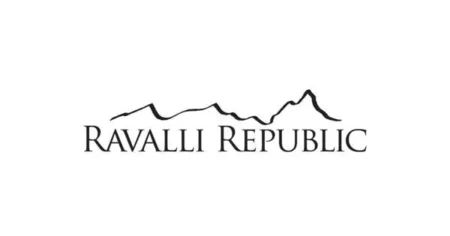
Controversial Senate proposal would put federal land up for sale across the West — and Flagstaff
However, research by Headwaters Economics — the same independent firm advising Coconino County on wildfire risk and homeowner’s insurance — shows that only a small proportion of federally owned land is suitable for building affordable housing.

















